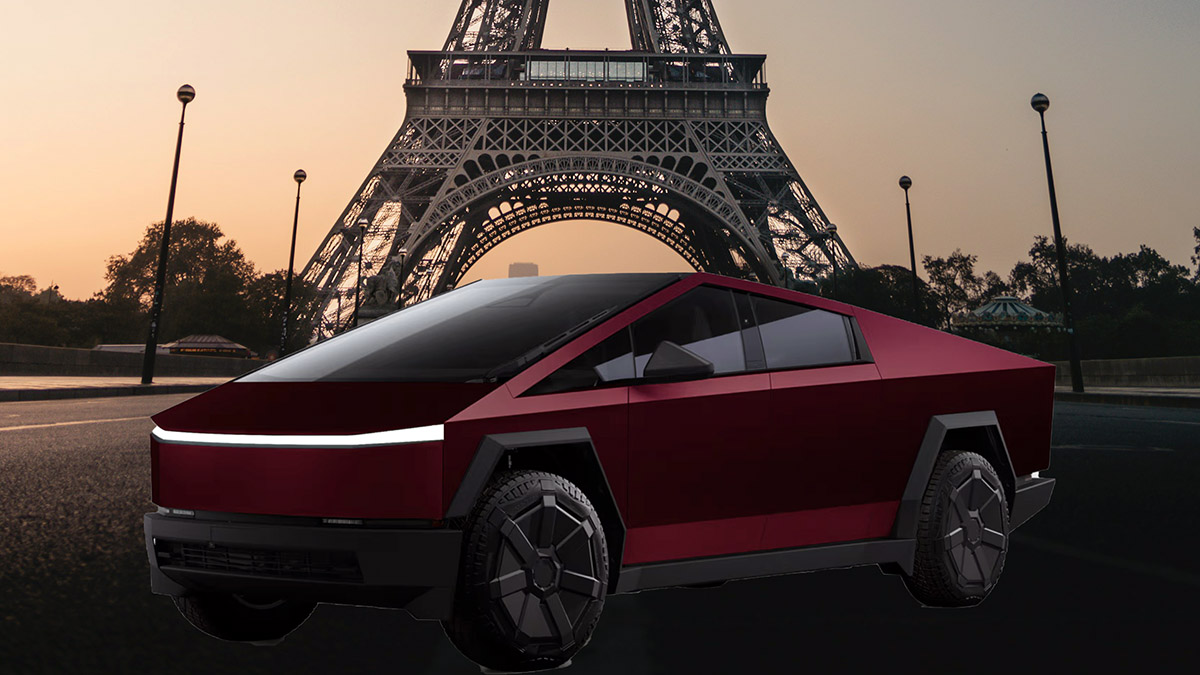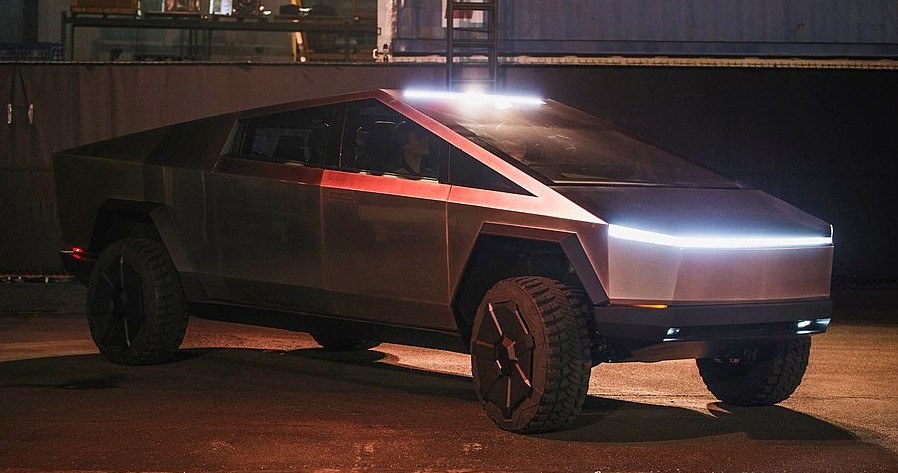Elon Musk, the visionary CEO of Tesla, has continued to make waves with his ambitious plans for the company’s products, especially the highly anticipated Cybertruck. First unveiled in 2019, the Cybertruck has garnered significant attention for its radical design and bold promises. While production has already begun in the United States, Musk recently hinted at the potential for a 2025 launch of the Cybertruck in Europe and China—two markets that Tesla is eager to expand into. However, a surprising twist has emerged: the version of the Cybertruck aimed at these markets might be redesigned, and some worry that the new models could be inferior compared to the original American version.

Tesla’s Cybertruck: A Revolution in Electric Pickup Trucks
When Tesla first revealed the Cybertruck, its angular, futuristic design stunned the automotive world. The truck’s exoskeleton, made of ultra-hard 30X cold-rolled stainless steel, and its bulletproof windows became the talk of the industry. Musk promised that the vehicle would revolutionize the pickup truck segment, offering performance, durability, and utility never before seen in an electric vehicle (EV).
The Cybertruck is expected to be a direct competitor to established pickup trucks, such as the Ford F-150 and the Chevrolet Silverado, but with the added benefit of Tesla’s cutting-edge electric technology, including long-range battery capabilities, autopilot features, and zero emissions.
Despite initial delays and supply chain challenges, the Cybertruck’s release in North America is expected to happen soon. However, Musk’s latest comments indicate that Tesla is planning to bring the Cybertruck to international markets by 2025, including Europe and China, where the EV market is thriving.

Potential Redesign: A Less Robust Model?
While many Tesla fans and critics are eagerly awaiting the Cybertruck’s international debut, Musk’s recent statements have raised some eyebrows. In interviews and earnings calls, Musk suggested that the version of the Cybertruck coming to Europe and China may differ from the original model released in the U.S.
Tesla’s move to modify the Cybertruck for international markets likely stems from a combination of regulatory requirements, consumer preferences, and manufacturing limitations. For example, the Cybertruck’s massive size, angular design, and heavy-duty construction might not align with the needs or expectations of European and Chinese consumers. These regions tend to favor smaller, more compact vehicles due to space constraints and differing road conditions.
As a result, some industry analysts believe that the European and Chinese models of the Cybertruck could be less robust than the U.S. version. Tesla might need to make design changes to ensure the truck is more suitable for these markets. This could include alterations to the vehicle’s size, weight, and even materials used in its construction. If the changes significantly impact performance, durability, or features, some might consider these models to be “inferior” versions of the original.

Regulatory Hurdles: Compliance in Europe and China
Another reason for a potential redesign of the Cybertruck in these international markets is regulatory compliance. Both Europe and China have stringent safety and environmental regulations for vehicles. For instance, Europe has some of the toughest standards when it comes to pedestrian safety, emissions, and crash testing. Likewise, in China, government regulations are heavily focused on ensuring that vehicles are suitable for the country’s road infrastructure.
Tesla might be required to make design adjustments, especially around safety features, to meet these regulations. These changes could lead to a less powerful or less durable version of the Cybertruck in these markets, with tweaks made to pass tests and ensure a smoother fit into local driving conditions.
Consumer Preferences: A Smaller, More Practical Cybertruck?
In addition to regulatory requirements, consumer preferences in Europe and China could also shape the redesigned Cybertruck. While Americans are accustomed to larger pickup trucks, buyers in Europe and China generally gravitate toward smaller vehicles due to limited space, narrow roads, and dense urban areas.
As a result, Tesla may opt to scale down the Cybertruck’s size to make it more appealing to these markets. A smaller version could result in a less imposing design and potentially lower towing capacity and payload, which are key selling points for the U.S. model. Similarly, changes might be made to make the truck more suited to city driving or less rugged terrain, which could affect the overall toughness and utility that the Cybertruck promises.

The Future of the Cybertruck: Global Appeal or Regional Compromise?
Musk’s hint at a 2025 Cybertruck launch in Europe and China signals Tesla’s growing ambition to expand its reach and bring its electric vehicles to global markets. However, the potential redesign for these regions presents an intriguing dilemma: will international versions of the Cybertruck still live up to the hype and promise of the original?
While some might argue that a more scaled-down, less robust version could detract from the Cybertruck’s unique appeal, others believe that Tesla’s ability to adapt its vehicles for different markets could ultimately lead to more success worldwide. The key will be balancing performance with regional needs and preferences without compromising the core values that the Cybertruck represents.
For now, it remains to be seen how the international version of the Cybertruck will evolve, but one thing is clear—Musk and Tesla are betting on a global future for their revolutionary electric pickup truck. Whether that future will include a “lesser” version of the Cybertruck or a product that successfully meets the needs of both American and international customers remains to be seen. The unveiling of the Cybertruck in Europe and China in 2025 could mark the beginning of a new chapter for Tesla in the international automotive landscape.




